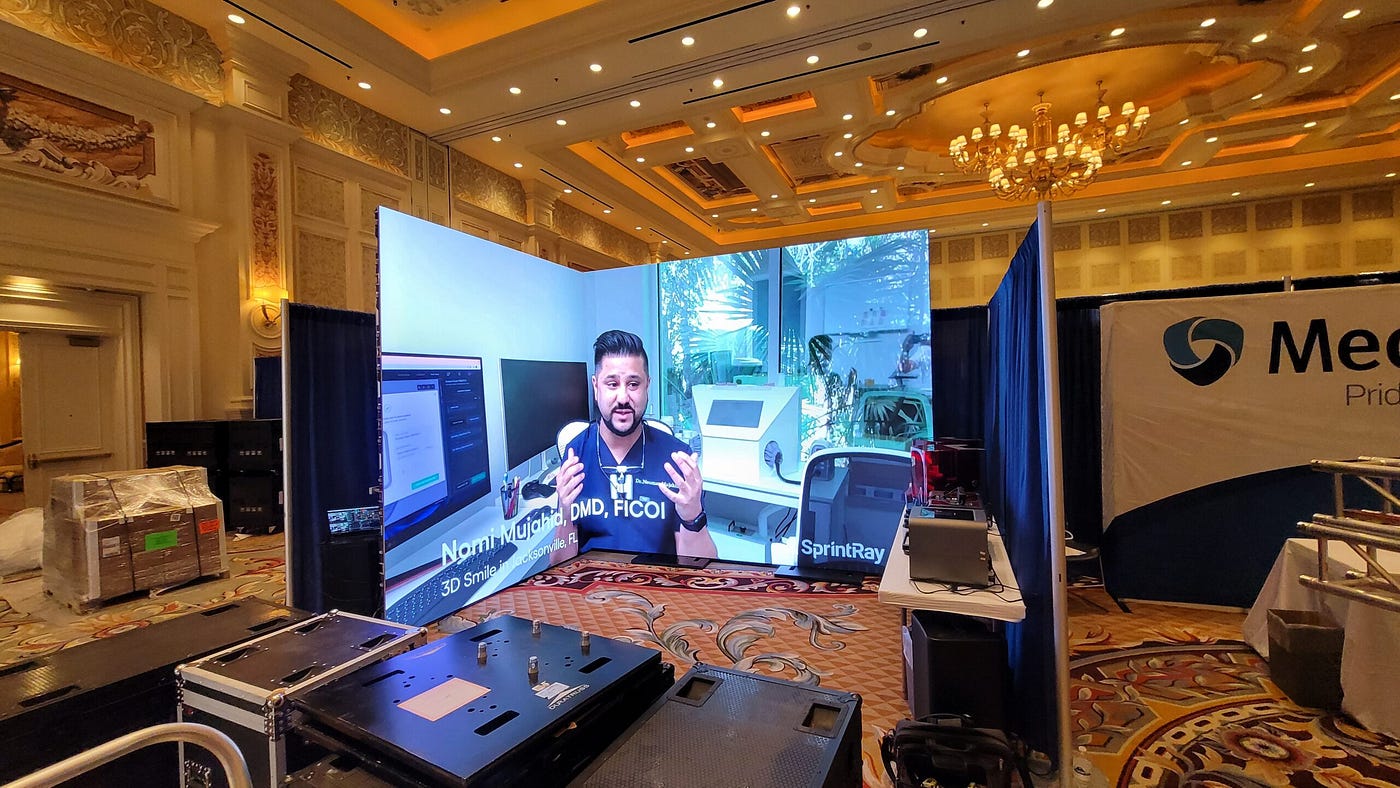Exploring the Key Elements That Influence Hue Uniformity in LED Panel Panels for Optimal Display Performance
Exploring the Key Elements That Influence Hue Uniformity in LED Panel Panels for Optimal Display Performance
Blog Article
Color consistency in light-emitting diode wall panels is essential for achieving optimal visual output. LED wall screens are commonly used in multiple environments, including concerts, conferences, and promotional displays. When the hues on these panels are uniform, they create a more engaging and immersive encounter for audiences. Several key factors affect hue uniformity, including the caliber of the LED components, tuning processes, and environmental conditions.
The caliber of the light-emitting diode elements plays a significant role in hue consistency. Different types of light-emitting diodes produce light at different wavelengths, which can influence the overall color result. Premium light-emitting diodes are designed to produce a more consistent light range, leading in better color accuracy. Additionally, the manufacturing process of these LEDs can impact their functionality. Panels made with high-grade materials and techniques tend to have less hue differences, ensuring that the displayed images and footage look vibrant and faithful to reality.
Calibration is another crucial element in preserving color consistency in light-emitting diode wall screens. Tuning involves adjusting the configurations of the screen important source to make certain that the colors displayed match the desired appearance. This process can include adjusting brightness, differentiation, and hue balance. Regular calibration is essential, especially in settings where lighting conditions vary frequently. By tuning the screens, specialists can correct any discrepancies in hue output, leading to a more consistent viewing experience.
Surrounding factors also affect hue consistency in LED wall panels. Factors such as surrounding light, heat, and moisture can influence how hues are seen. For example, intense surrounding light can wash out hues, making them appear less lively. Similarly, extreme temperatures can affect the performance of the light-emitting diodes, resulting to color shifts. To mitigate these problems, it is crucial to place LED wall panels in managed environments where illumination and heat can be managed effectively.
Finally, the design and arrangement of the light-emitting diode wall panels can impact color uniformity. The arrangement of the screens, as well as the distance from which they are viewed, can create variations in hue recognition. When screens are arranged too distant apart or at varied angles, viewers may detect discrepancies in color. To achieve the best optical performance, it is important to consider the positioning and arrangement of the screens during setup. By addressing these factors, users can guarantee that their light-emitting diode wall panels deliver a consistent and high-quality optical encounter.